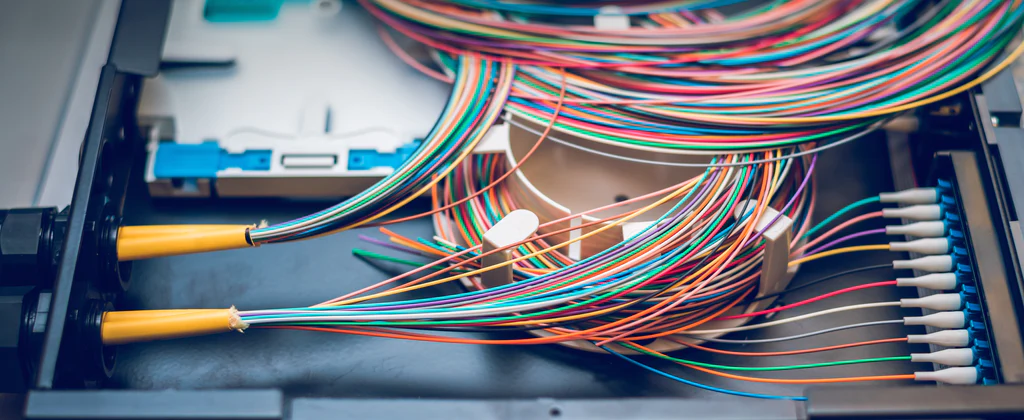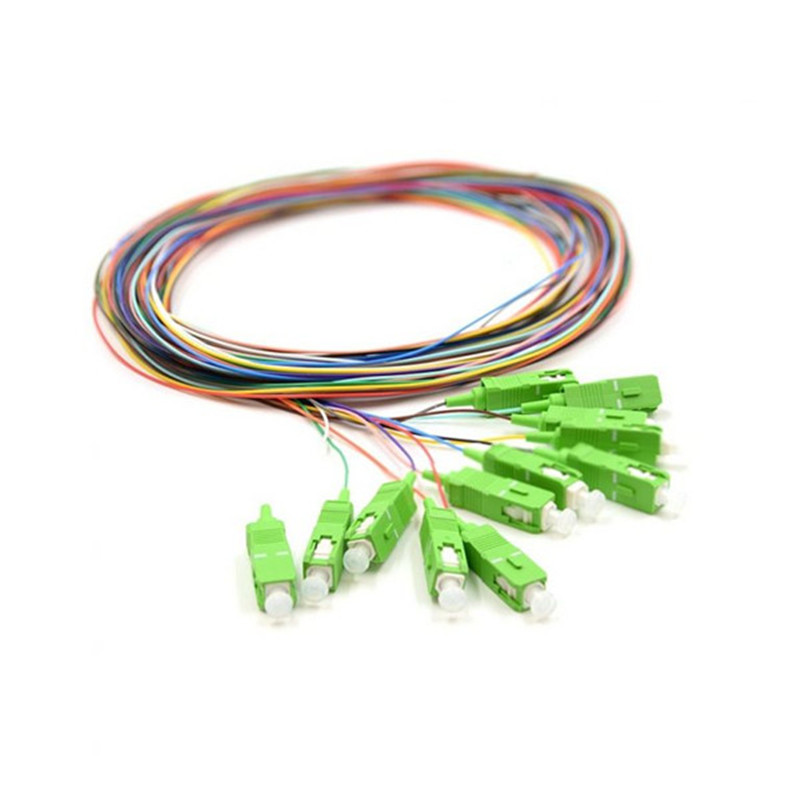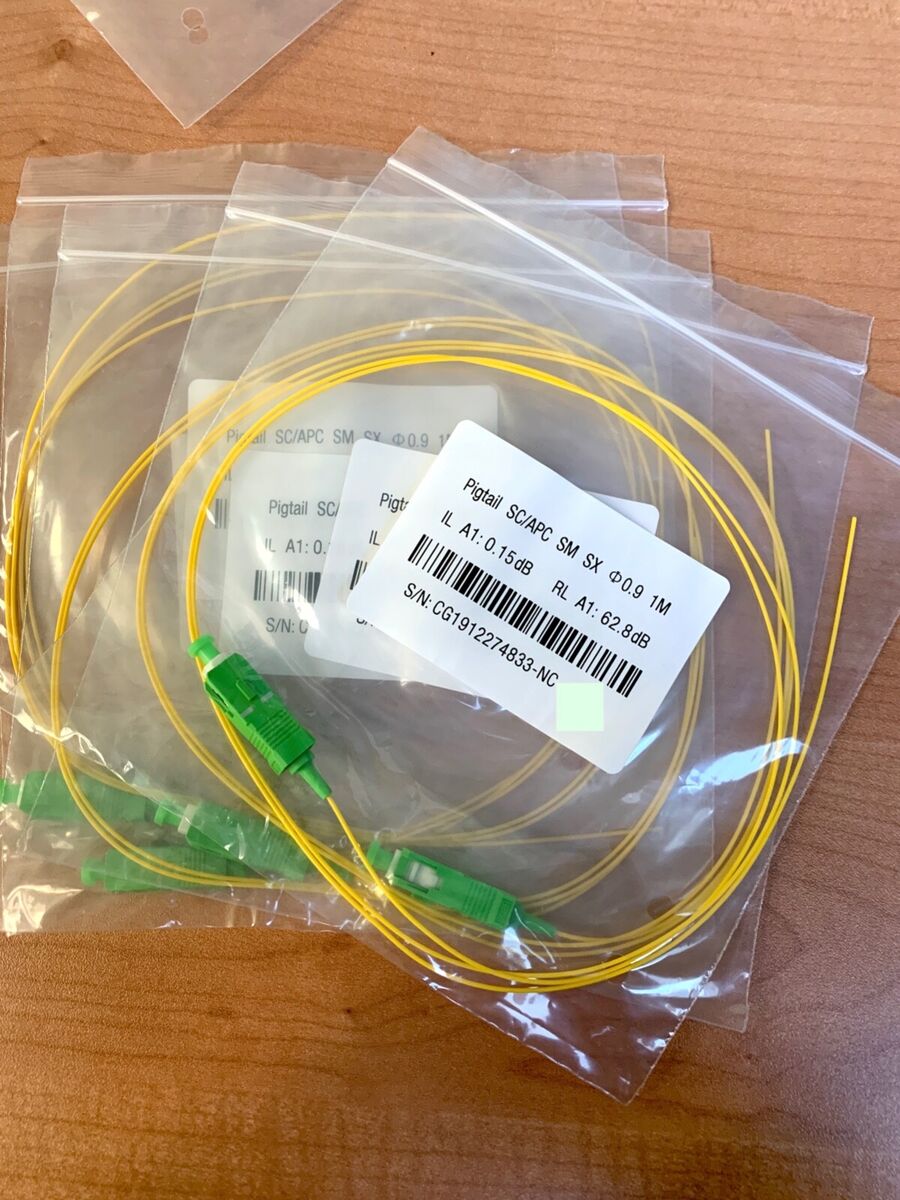In the realm of telecommunications and data networking, fiber optics has become the gold standard for transmitting data at lightning-fast speeds over vast distances. Fiber optic technology relies on the transmission of light signals through thin, flexible strands of glass or plastic fibers. One essential component in fiber optic installations is the fiber optic pigtail. In this guide, we’ll delve into what fiber optic pigtails are, their importance, and how to choose the right one for your needs.

What is a Fiber Optic Pigtail?
A fiber optic pigtail is a short, terminated length of fiber optic cable with one end containing a connector. These pigtails are commonly used in various fiber optic applications such as patch panels, fiber distribution units, and termination boxes. The connectorized end of the pigtail allows for easy connection to other optical equipment, while the bare end can be fusion-spliced to the fiber cable within the installation.

Fiber Optic Pigtails Supplier
If you are looking for high quality fiber optic pigtails that reduce your cost to deploy then look no further. Bativ will be one of the dependable supplier.
Importance of Fiber Optic Pigtails:
- Simplified Installation: Fiber optic pigtails simplify the installation process by providing a pre-terminated end that can easily connect to other optical components without the need for additional termination steps.
- Flexibility: Pigtails come in various lengths and connector types, providing flexibility to accommodate different installation requirements and configurations.
- Protection: Pigtails offer protection to the delicate bare fibers by enclosing them within a robust connector housing, guarding against damage during handling and connection.
- Compatibility: With a wide range of connector options available, fiber optic pigtails ensure compatibility with different types of optical equipment and systems.
How to Choose the Right Fiber Optic Pigtail:
- Connector Type:
- One of the most critical factors to consider when choosing a fiber optic pigtail is the connector type. Common connector types include SC, LC, ST, and FC.
- Ensure compatibility with existing optical equipment and infrastructure. Choose the connector type that matches the connectors on your patch panels, transceivers, and other networking devices.
- Fiber Type:
- Fiber optic pigtails are available in single-mode and multimode variants. Single-mode fibers are suitable for long-distance transmission, while multimode fibers are ideal for short distances.
- Select the appropriate fiber type based on the transmission distance and bandwidth requirements of your application.
- Fiber Count and Length:
- Consider the number of fibers required for your application. Pigtails are available in various fiber counts ranging from single-fiber to high-density multi-fiber configurations.
- Determine the required length of the pigtail based on the distance between the termination point and the optical equipment it needs to connect to.
- Jacket Material:
- The jacket material of the pigtail affects its durability and suitability for different environments. Common jacket materials include PVC, LSZH (Low Smoke Zero Halogen), and plenum-rated materials.
- Choose a jacket material that complies with relevant safety and environmental regulations and meets the specific requirements of your installation environment.
- Quality and Reliability:
- Opt for high-quality fiber optic pigtails from reputable manufacturers to ensure reliability and performance.
- Look for pigtails that undergo rigorous testing and adhere to industry standards to guarantee optimal optical performance and longevity.
- Budget Considerations:
- While quality should be a priority, consider your budget constraints when selecting fiber optic pigtails.
- Compare prices from different suppliers and manufacturers while ensuring that the chosen pigtails meet your quality and performance requirements.
Custom & Stock Fiber Optic Pigtails for Fast Delivery

Conclusion:
Fiber optic pigtails play a crucial role in the successful deployment of fiber optic networks and installations. By understanding the factors to consider when choosing pigtails, such as connector type, fiber type, length, jacket material, quality, and budget, new buyers can make informed decisions to ensure compatibility, reliability, and performance in their optical infrastructure. Investing in high-quality fiber optic pigtails from reputable suppliers is essential for achieving optimal network performance and longevity.
Why Choose Bativ for Your Fiber Pigtails Needs?
Bativ provides state-of-the-art Fiber Pigtails for FTTH Cablings or Outdoor use. We have low MOQs and offer affordable, fully customized Fiber Pigtails. The quality of your Fiber Pigtails is quite important to your customers. You need to rely on established companies like Bativ to support you for a successful business.
For additional information and instant quotes, Contact us Now!